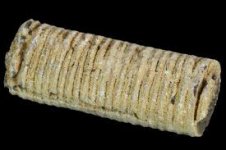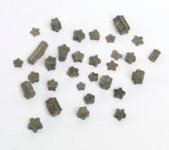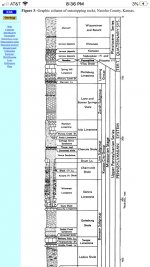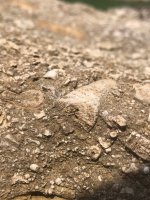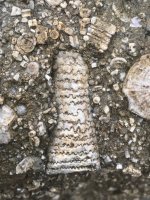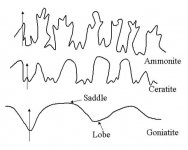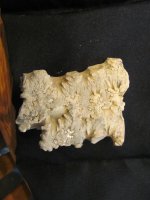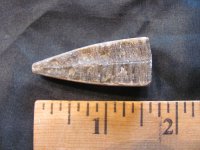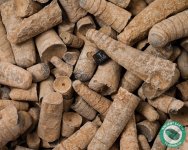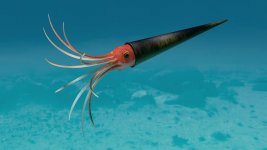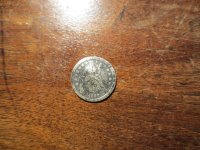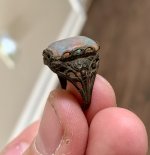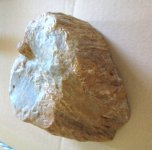Older The Better
Silver Member
- Apr 24, 2017
- 3,139
- 5,835
- Detector(s) used
- Whites Eagle Spectrum
- Primary Interest:
- All Treasure Hunting
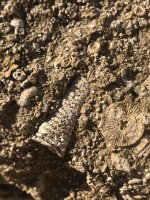
I was looking at this rock I found, it’s almost entirely crinoid fossils. Then I noticed the sutures on this segment, it almost looks more like a ammonite or a squid. What do you think? do crinoids have that complex sutures or is it something else? .... Pennsylvanian age limestone in se Kansas for what it’s worth
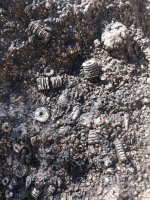
Here’s one showing more normal sutures
Last edited:


